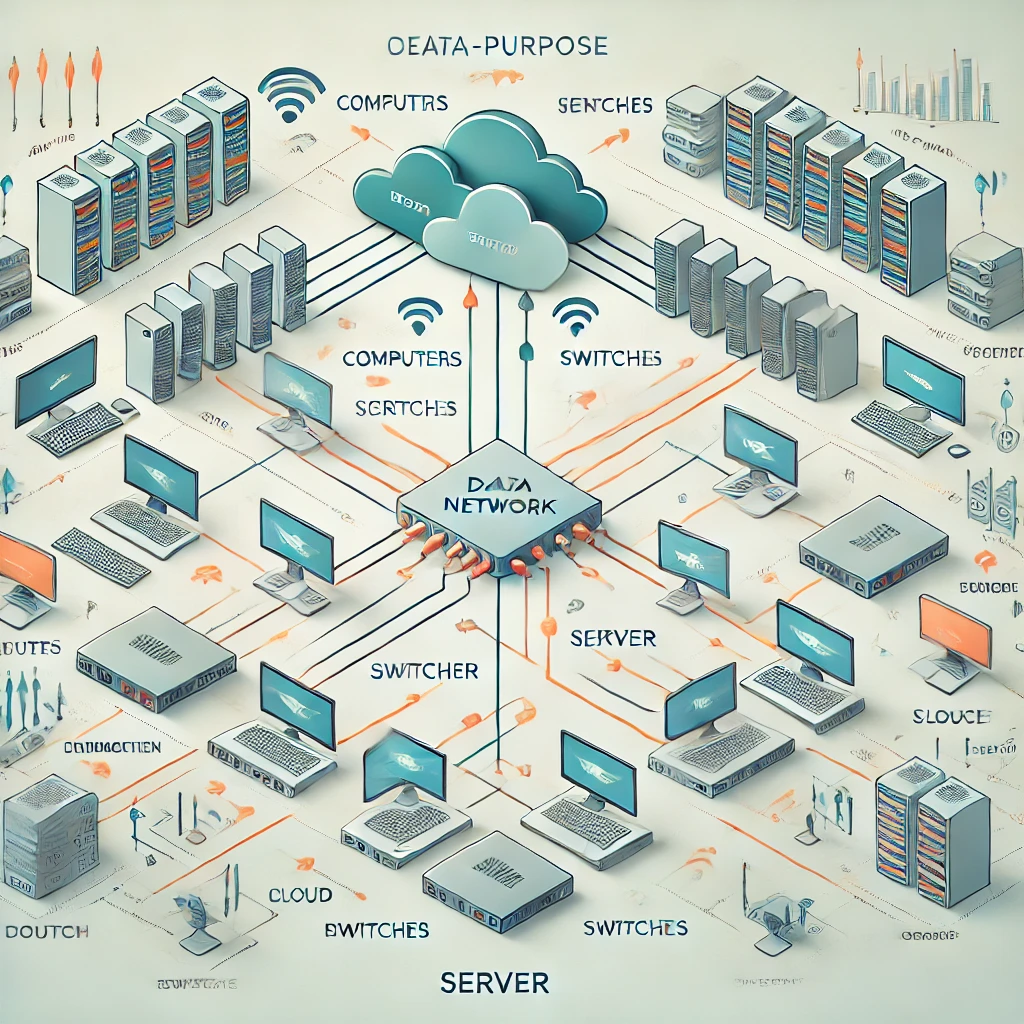RFC 3261: Unraveling the Session Initiation Protocol (SIP)

Categories:
4 minute read
In the complex world of telecommunications and internet communication, the Session Initiation Protocol (SIP) stands as a cornerstone technology that has revolutionized how we connect and communicate. Defined in RFC 3261, SIP has become the standard protocol for initiating, maintaining, and terminating real-time communication sessions across IP networks. This blog post will dive deep into the intricacies of SIP, exploring its architecture, functionality, and profound impact on modern communication technologies.
Understanding the Context
Before delving into the specifics of RFC 3261, it’s important to understand the communication landscape that necessitated the development of SIP. In the late 1990s and early 2000s, telecommunications were undergoing a massive transformation. Traditional circuit-switched networks were giving way to packet-switched IP networks, creating a need for a flexible, scalable protocol that could handle various forms of real-time communication.
What is SIP?
At its core, SIP is an application-layer control protocol designed to establish, modify, and terminate multimedia sessions such as voice and video calls, instant messaging, and other collaborative applications. Unlike some complex communication protocols, SIP was intentionally designed to be simple, flexible, and extensible.
The key characteristics that set SIP apart include:
- Text-Based Protocol: Similar to HTTP, SIP uses human-readable text messages, making it easier to debug and understand.
- Lightweight and Flexible: It can be easily extended to support new technologies and communication methods.
- Peer-to-Peer Architecture: SIP eliminates the need for centralized servers in many communication scenarios.
Technical Architecture of SIP
Basic Components
SIP defines several key components that work together to establish communication sessions:
- User Agents: Clients that initiate and receive communication requests.
- Proxy Servers: Intermediary servers that route SIP requests between users.
- Registrar Servers: Servers that accept registration requests from users.
- Redirect Servers: Servers that provide alternative contact information for users.
Communication Model
The protocol uses a request-response model similar to HTTP. The primary SIP methods include:
- INVITE: Initiates a communication session
- BYE: Terminates an existing session
- REGISTER: Registers a user’s current location
- OPTIONS: Queries server capabilities
- CANCEL: Cancels a pending request
- ACK: Confirms request receipt
Message Structure
A typical SIP message consists of two main parts:
- Start Line: Indicates the message type (request or response)
- Headers: Provide routing and session description information
The messages are text-based, making them relatively easy to parse and understand. This design was intentional, allowing for easier implementation and debugging compared to binary protocols.
Session Establishment Process
The process of establishing a SIP session involves several intricate steps:
- User Location: Determining the endpoint of the communication
- Capability Negotiation: Determining the media types and parameters
- Session Setup: Establishing the communication parameters
- Session Management: Modifying and terminating the session
Authentication and Security
RFC 3261 incorporates robust authentication mechanisms:
- Digest authentication
- Support for TLS (Transport Layer Security)
- Ability to integrate with external authentication systems
Key Innovations in RFC 3261
When RFC 3261 was published in June 2002, it introduced several groundbreaking concepts:
- Decentralized Architecture: Moved away from monolithic telecommunication systems
- Scalability: Designed to support millions of simultaneous sessions
- Multimodal Communication: Enabled integration of various communication types
- NAT and Firewall Traversal: Improved connectivity across different network configurations
Real-World Applications
SIP has found widespread adoption in numerous technologies:
- Voice over IP (VoIP) Systems
- Video Conferencing Platforms
- Unified Communication Solutions
- Mobile Communication Applications
- Internet Telephony Services
Challenges and Limitations
Despite its strengths, SIP is not without challenges:
- Complex Implementation: The protocol’s flexibility can make implementation complex
- Security Vulnerabilities: Requires careful configuration to prevent potential attacks
- Network Address Translation (NAT) Issues: Can struggle with certain network configurations
Evolution and Future Directions
While RFC 3261 remains the foundational document, the SIP protocol continues to evolve. Modern extensions address emerging communication needs, including:
- Enhanced security mechanisms
- Improved support for mobile devices
- Better integration with web technologies
- Support for emerging communication paradigms
Impact on Modern Communication
The significance of RFC 3261 cannot be overstated. By providing a standardized, flexible protocol for real-time communication, SIP has been instrumental in:
- Democratizing communication technologies
- Reducing telecommunication costs
- Enabling global, instant communication
- Supporting innovation in communication platforms
Technical Considerations for Implementers
For developers and network engineers looking to implement SIP, key considerations include:
- Thorough understanding of the RFC 3261 specification
- Robust error handling
- Comprehensive security implementations
- Performance optimization
- Compatibility testing across different systems
Conclusion
RFC 3261 and the Session Initiation Protocol represent a pivotal moment in communication technology. By providing a flexible, scalable framework for real-time communication, SIP has transformed how we connect, collaborate, and communicate in the digital age.
As communication technologies continue to evolve, the principles established in RFC 3261 remain crucial. The protocol’s elegance lies in its simplicity, flexibility, and ability to adapt to changing technological landscapes.
Whether you’re a telecommunications professional, a software developer, or simply someone interested in how modern communication works, understanding SIP provides invaluable insights into the infrastructure that powers our connected world.
Feedback
Was this page helpful?
Glad to hear it! Please tell us how we can improve.
Sorry to hear that. Please tell us how we can improve.